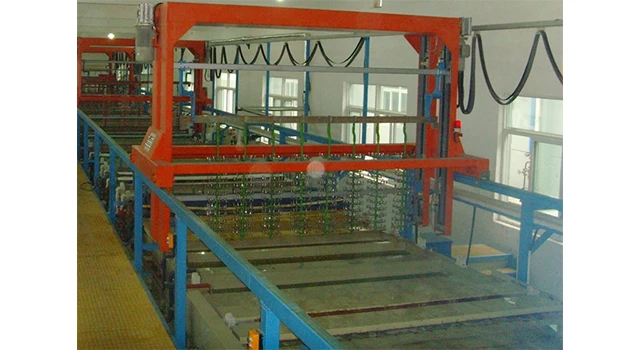-
Products
Wire Drawing Machine Inverted Vertical Wire Drawing Machine Fine Wire Drawing Machine Combined Wire Drawing Machine LZ2/800+LT8-13/650 Heavy Wet Wire Drawing Machine LT8.11.13.15.17/450-650 Straight Line Wire Drawing Machine LZ9/1200+Spool Take-up Machine GS 1250 OTO Type Wire Drawing Machine LW9/560 Turnover Wet Wire Drawing Machine Belt Wire Drawing Machine
- Application
- Company
- Services
- Resources
- News
Contact
 English
English français
français Español
Español русский
русский português
português








